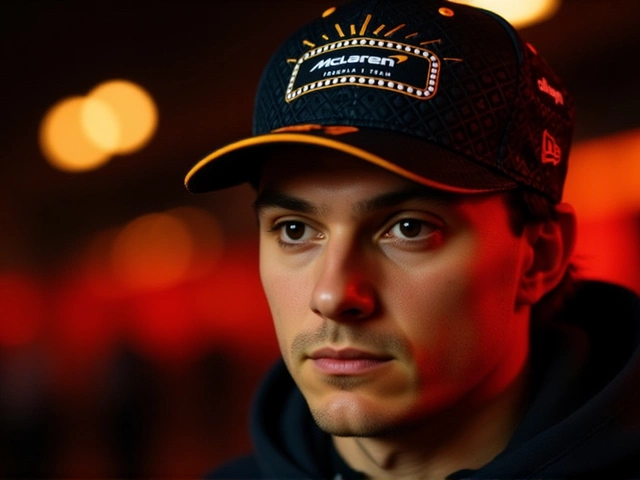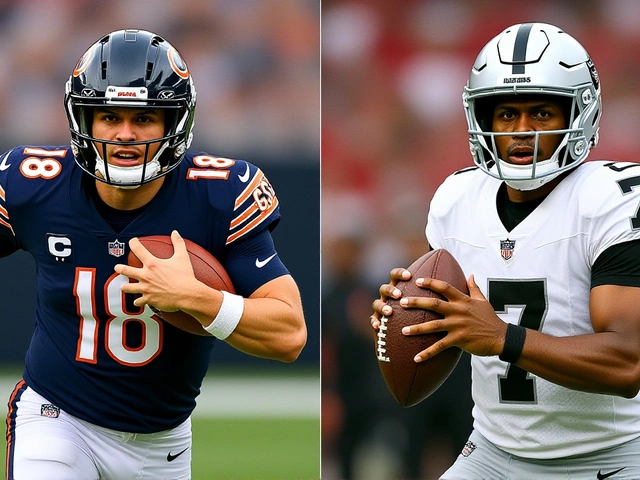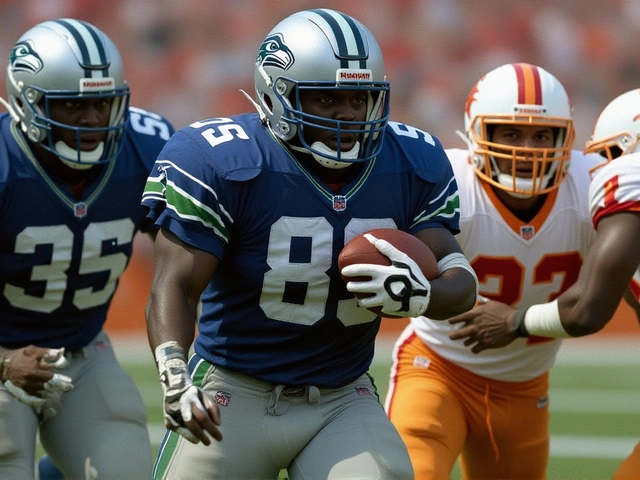When the chequered flag fell on the 2025 Las Vegas Grand PrixLas Vegas Strip Circuit at 10:00 PM PST on November 22, Lando Norris was celebrating a near-perfect second-place finish. Oscar Piastri wasn’t far behind, crossing the line in fourth. But four hours later, both drivers were stripped of their results — not for a crash, not for a pit error, but because the underside of their McLaren Racing Limited MCL39s had worn down too much. The FIA ruled the rear skid planks on both cars fell below the mandatory 9mm thickness. Norris’s was 8.88mm. Piastri’s? A hair more at 8.74mm. That’s less than the width of a human hair. But in Formula 1, where rules are written in ink and enforced with a scalpel, it was enough.
How a Tiny Wear Issue Upended the Championship
The FIA’s technical delegates found the excessive wear specifically on the rearmost portion of the skid blocks — the part designed to protect the car’s underbody from scraping the track. Both cars passed pre-race scrutineering at the Las Vegas Convention Center between November 20 and 22. The damage happened on the track. And it happened fast.Turns out, the McLaren team had pushed their car’s ride height to the absolute limit — trying to squeeze every last bit of downforce out of the MCL39 on the bumpy, high-speed Las Vegas Strip Circuit. What they didn’t fully anticipate was how brutal the porpoising would be. That’s the violent, rhythmic bouncing some F1 cars do at high speed when aerodynamic forces create a feedback loop between ground effect and suspension. The McLaren cars, already sensitive to ride height changes, began porpoising harder than in any practice session. Each bounce slammed the skid plank into the asphalt with more force than the team’s simulations predicted.
“It wasn’t sabotage,” said McLaren Team Principal Andrea Stella in a statement released November 23. “We optimized within the rules. We just didn’t predict how extreme the wear would become.”
Technical Experts Confirm the Cause
Formula 1’s most respected technical analysts, Mark Hughes and Giorgio Piola, broke it down in a joint analysis published November 23. “The Las Vegas Strip Circuit has a unique combination of high-speed straights and sudden, sharp kerbs,” Hughes explained. “Add to that the fact that the track surface was unusually abrasive after being resurfaced just weeks before the race, and you’ve got the perfect storm for plank erosion.”Piola added that the titanium skid blocks — typically durable enough to last a full race — were essentially being sandblasted by the repeated impacts. “In qualifying, the cars ran at 18mm ride height. In the race, they were bouncing between 14mm and 16mm. That’s a 22% increase in contact pressure. The team knew porpoising was a risk. They just didn’t know it would be this bad.”
Even Lando Norris’s final-lap lift-and-coast — an unusual move that had fans wondering if he was protecting the car — may have been a symptom. Sky Sports’ David Croft noted Norris “lifted significantly on the last three laps, possibly to reduce stress on the rear underbody.” He still held off George Russell by three seconds. But the damage was already done.
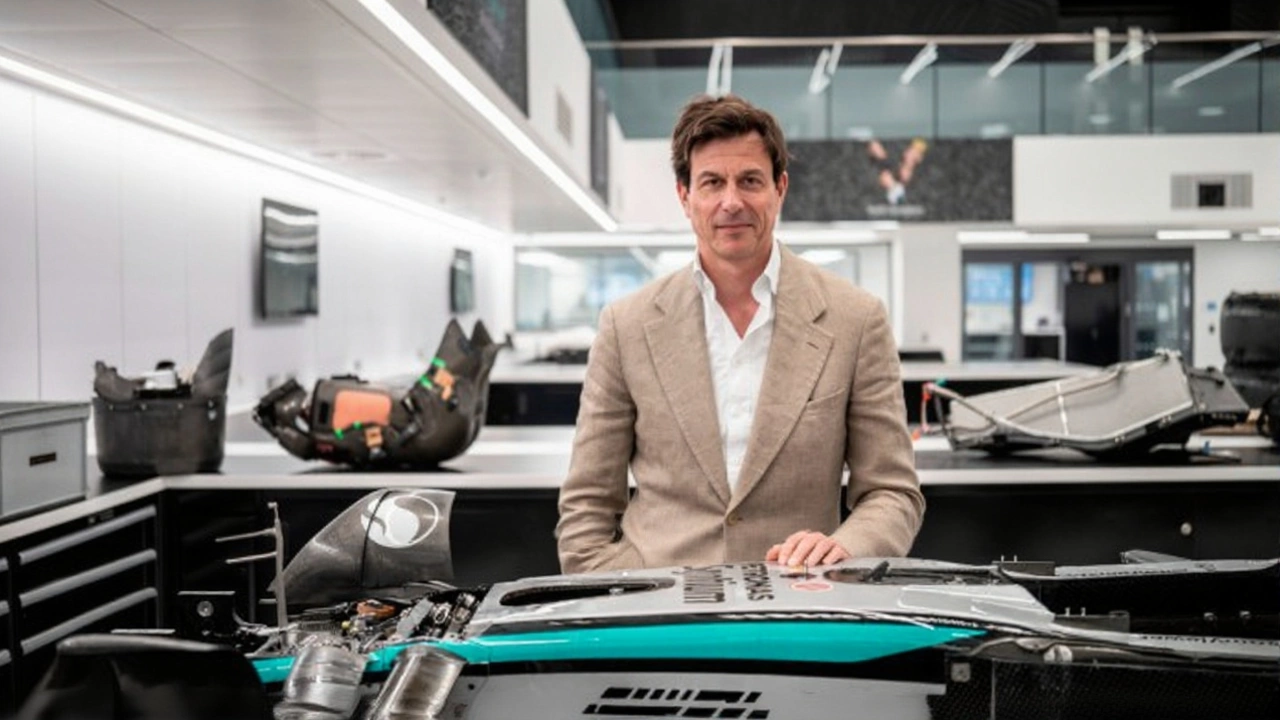
The Championship Fallout
Before Las Vegas, Norris led the 2025 F1 World Championship with 352 points. Piastri sat third with 312. After the disqualification, Norris dropped to 328. Piastri to 304. Max Verstappen, who won the race, jumped from 280 to 304 — now tied with Piastri and trailing Norris by exactly 24 points.That’s not just a gap. It’s a psychological reset. With three races left — Qatar, Saudi Arabia, and Abu Dhabi — 58 points remain. The title fight is now a three-way knife fight. And for the first time since 2021, McLaren has lost two drivers from a race result due to a technical infringement. The last time? São Paulo, when a front wing element was deemed non-compliant. This? Far more consequential.
“It’s a cruel twist,” said Zak Brown, McLaren’s CEO, in an internal team memo leaked to Motorsport.com. “We gave Lando the car to win. He did everything right. And now, because of physics we didn’t fully model, he’s paying the price.”
What’s Next? The Qatar Grand Prix Looms
The next race — the Qatar Grand PrixLusail International Circuit — arrives just eight days after Las Vegas. The track in Doha is smoother, less abrasive, and has fewer high-speed kerbs. But it’s also longer, with more sustained high-G corners. The FIA has already confirmed it will inspect skid plank wear more closely in Qatar, with pre- and post-race scans mandatory for all top-ten finishers.McLaren says it’s already redesigned the skid plank mounting system and added a secondary wear sensor to monitor real-time degradation. But will it be enough? Verstappen’s Red Bull has been running a more stable ride height all season. Mercedes and Ferrari? They’ve been cautious. Only McLaren pushed to the edge — and paid.
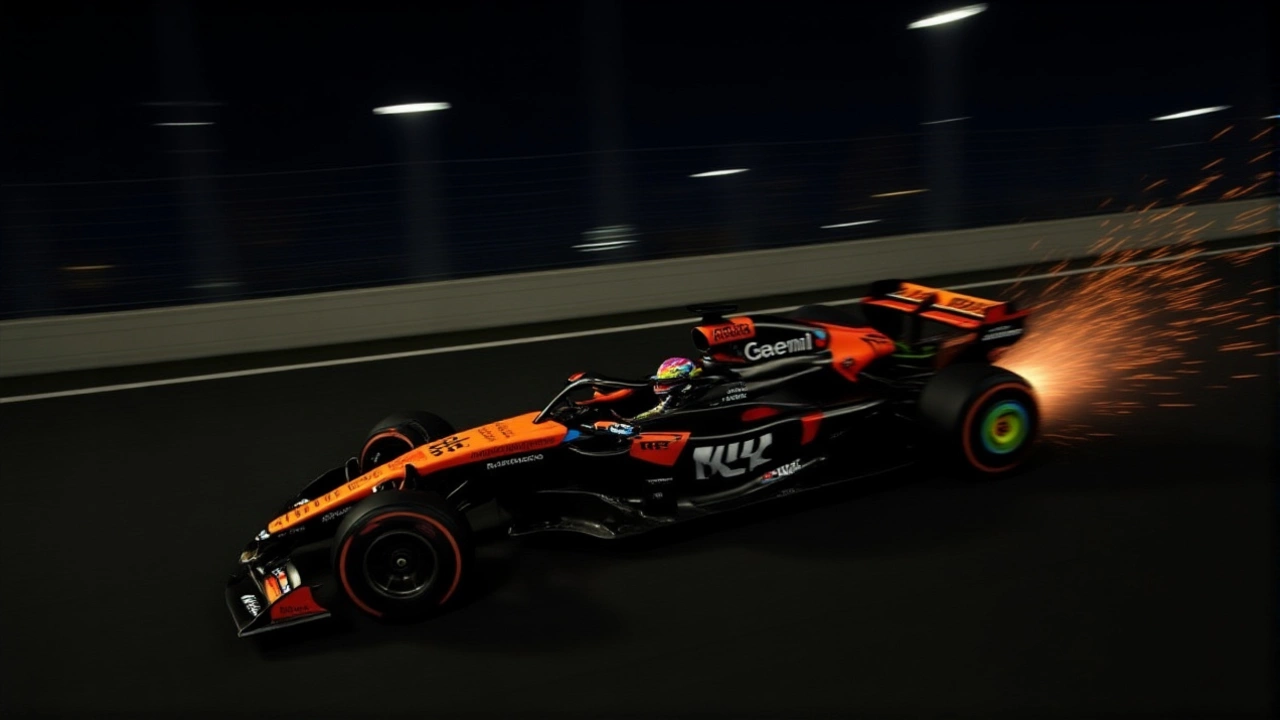
Historical Context: When Rules Outpace Reality
The skid plank rule — Article 3.5.9 e) — was introduced in 1998 to prevent teams from running cars too low to the ground, which could create dangerous aerodynamic advantages. It’s never been about punishment. It’s about fairness. But as F1 cars have grown more aerodynamically aggressive, the plank has become a casualty of innovation.In 2022, when ground effect returned, teams started pushing ride heights lower than ever. By 2024, skid plank wear was becoming a common post-race topic. But until Las Vegas, no team had lost two drivers to it in a single race. The FIA’s decision to disqualify, despite noting “mitigating circumstances,” sends a clear message: the rule is absolute. Even 0.12mm matters.
And that’s the heart of it. Formula 1 isn’t just about speed. It’s about precision. About margins. About a thousand tiny decisions — each one checked, measured, and verified. One millimeter. One lap. One bounce. And suddenly, a championship lead vanishes.
Frequently Asked Questions
Why did the FIA disqualify Norris and Piastri if the wear was so small?
The FIA’s skid plank rule has always been a hard limit: no less than 9mm, period. Even 0.12mm under is a violation. This isn’t about intent — it’s about consistency. If teams could argue “it was just a little bit,” the rule would collapse. The stewards acknowledged the porpoising as a mitigating factor, but they still had to apply the regulation. That’s why the disqualification stood.
How does this affect McLaren’s championship chances?
It’s devastating. Norris was leading with a 40-point cushion before Las Vegas. Now, he’s tied with Verstappen and Piastri in points, with just 24 ahead of both. With three races left, any mistake — mechanical, strategic, or technical — could cost him the title. McLaren’s reliability and performance must now be flawless. They can’t afford another penalty.
Could McLaren appeal the decision?
Technically, yes — but they won’t. The FIA’s technical report was thorough, with laser scans and data logs confirming the measurements. Plus, the team admitted the porpoising was unexpected, not intentional. Appealing would look like they’re blaming the rules instead of accepting responsibility. McLaren’s priority now is damage control and preparing for Qatar, not legal battles.
Will other teams face similar issues in Qatar?
Possibly. While Qatar’s track is smoother, its long straights and high-speed corners still generate significant downforce. Teams running low ride heights — especially Red Bull and Ferrari — will be under extra scrutiny. The FIA has warned all teams to expect stricter plank checks. Any car showing wear below 9.2mm pre-race may be required to replace the plank before qualifying.
Is this the end of the skid plank rule?
Not yet. But it’s under pressure. Experts like Hughes and Piola have suggested the FIA consider a percentage-based wear allowance — say, allowing up to 10% erosion — to account for unavoidable track conditions. For now, though, the rule remains unchanged. Until the FIA updates it, teams must adapt — or risk losing results.
What’s the significance of the 24-point gap?
It’s the exact difference between first and second in a race where the winner gets 25 points and second gets 18. That means if Norris finishes second in Qatar and Verstappen wins, they’re tied again. Same for Piastri. The title is now a three-way tiebreaker — and every point counts. With no room for error, the final three races will be the most intense in F1 history.

